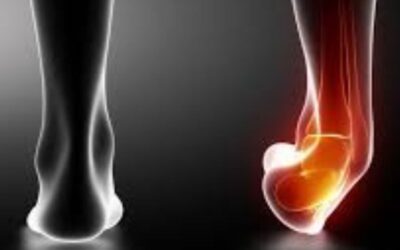If you experience low back ache, dragging in the lower tummy, and pressure in the vagina due to pelvic organ prolapse, then a pessary could be the thing to lift you up – both literally and metaphorically.
A pessary is a device worn inside the vagina to lift and support prolapse. It is like wearing a sports bra to minimise downward movement. It can significantly improve how you feel and allow you to get back to things you’re missing. If activities like dancing, gardening, walking around the golf course, and hiking exacerbate your prolapse symptoms, then a pessary can be worn to make you feel good.
It can also be worn all day, every day, up to 4-6 months.
We also know that losing weight can be tremendously helpful in reducing prolapse symptoms but getting into a good exercise routine is hard when it makes prolapse feel worse. A pessary can break this cycle.
Rings, cubes, gellhorns. Pessaries come in many shapes and sizes, just like us. It is essential that they are professionally fitted.
3 Risks to Consider
- You’re 3x more likely to develop a vaginal infection called bacterial vaginosis. This can be treated with antibiotics and removing the pessary.
- You may develop a graze on the vaginal wall where the pessary rubs. This causes pain and bleeding which can be treated by removing the pessary.
- If you have an IUD, it may be dislodged.
Can I wear one while pregnant?
Due to the risk of preterm birth related to increased risk developing bacterial vaginosis infection from wearing a pessary, it is not recommended.
What is the success rate?
About 60%.
What is the cost?
Our pessary fitting fee is $120 which includes the trial of 2 different types or sizes of pessaries. It is much less than the cost of surgery.
Can I buy one off the internet?
It’s not recommended. You could end up with one that’s too big and creates grazes and pain. You could end up with one that is too small and falls out. You could end up with an old-fashioned pessary made of hard plastic instead of squishable silicone – imagine trying to insert that…
They look intimidating
While they might look large and scary, just remember what else has been inside your vagina.
Pessaries are very squishy and there are special techniques we can use to insert them so you feel minimal discomfort.
Can I have sex?
The pessary should be removed and Kirsty can teach you how.
What is involved with the fitting process?
When you see Kirsty, our women’s health trained physiotherapist, she will do an intimate examination to work out what pessary style and size is best for you. She will fit it for you to make sure it is effective. You will be shown how to remove and reinsert if you want to and will attend a follow up session 1-2 weeks later.
How do I care for the pessary?
Warm water and soap will clean the pessary. You will need a new one every year to reduce infection risk.
When do I need a check-up appointment?
After 1 year, you will need a new pessary. This is a great time for a reassessment of your prolapse to ensure it is the best treatment for you.
You will also need to see a women’s health GP to check for grazes on the vagina. They use a speculum, which is the same tool used during a cervical screening test (pap smear).
Do I have to use a pessary forever?
It is certainly a great long-term option. It is also a good temporary option while awaiting surgery or strengthening the pelvic floor muscles in the first 1-2 years after birth.
While a pessary might not work, you can shift your focus to other treatments. On the other hand, a pessary could feel amazing and be the perfect accessory for you.
Exercise for Rotator Cuff Tendinopath
The rotator cuff is a collection of four muscles that connect the arm bone to the shoulder blade. They work together to provide stability to the shoulder, especially in an overhead position. However, highly repetitive tasks involving the shoulder (such as...
Lateral Ankle Ligament Sprain
From childhood netball players to the chronically uncoordinated, we’ve all likely encountered a lateral ankle ligament sprain at some point in our lives. Frequently referred to as “rolling, twisting or spraining”, it’s generally a much nicer diagnosis than a fracture,...
Osgood-Schlatter disease
Osgood-Schlatter disease is a condition that causes pain and tenderness in the front lower part of the knee. The condition affects active children/adolescents aged 8-15 years old and results from the tendon in the front of the knee placing too much stress on the bone...



